You know when you meet a teacher and you think to yourself, “Wow, I would have LOVED to be in her class when I was younger.” Well, meet Alyssa. Her enthusiasm and genuine love for teaching is so contagious, I bet your screen will glow with warmth as you read about her adventures in kindergarten teaching.
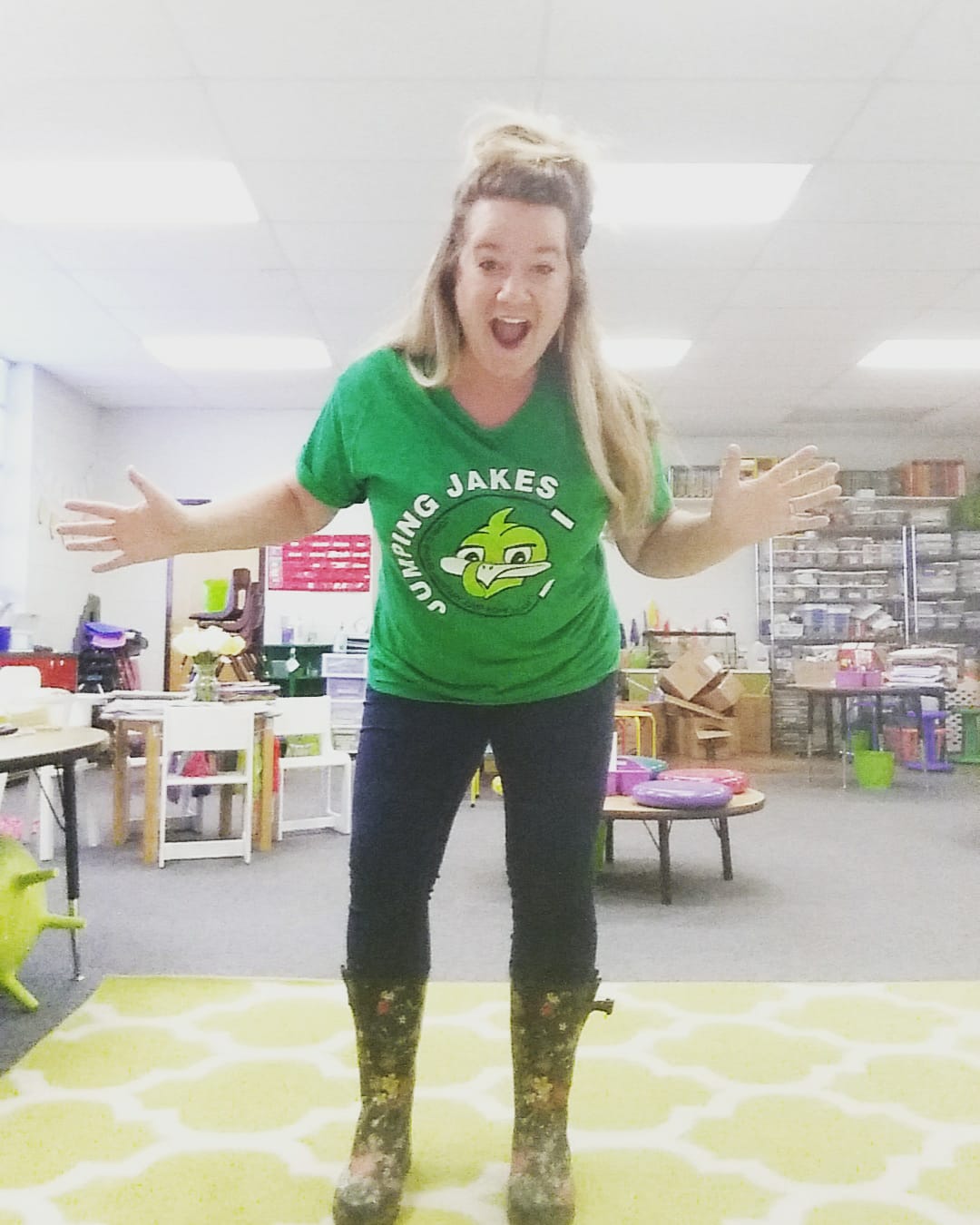
Meet the Teacher!
Alyssa has been teaching Kindergarten for 5 years in a small town in Virginia. When she's not teaching, she loves all things Joanna Gaines [Fixer Upper, anyone?!] and watching episodes of Parks and Recreation. Alyssa considers herself the Leslie Knope of teaching, which is only the first of MANY reasons I wish I could be in her class. Let's get to know her, shall we?
Tell us about your first teaching job:
Obviously teaching high school is SO different from teaching kindergarten, but were there any surprising similarities?
Give us an overview of your current kindergarten setting:
I have 20 students in a rural farm setting on the outskirts of a very diverse city. Families are starting to move out of the city and into our rural town, so almost half of my students speak another language at home.
How does the language difference impact your communication with the families and what do you do to keep them involved in their students’ learning?
It’s extremely difficult communication-wise! Thankfully I speak some Spanish – I can talk about school stuff rather fluently, so that has aided my communication with parents. I try to send major and important things home in both Spanish and English. I also include picture directions as much as possible. However, not every child in my room speaks Spanish at home; some speak Arabic. I’m so thankful for technology! This year we used a communication app and it translates into many languages so parents could have it in their native language. This has made communication much easier!
How would your kindergarten classroom appear to a visitor vs. a classroom without any ESL students?
I think the difference is more in what you’d hear and how I teach. My students interact differently–their excitement is different and more passionate. Some of my students are experiencing school for the first time ever–some of them have never had root beer floats or have seen a butterfly. Once, one of my students experienced snow for the first time ever. His facial expression is still imprinted in my brain. In my classroom, you would hear students slowly explaining things to others. You’d hear me use a lot of words (over and over and over again) to help them with their vocabulary. You’d hear A TON of songs because I LOVE music and I firmly believe it’s a great learning tool.
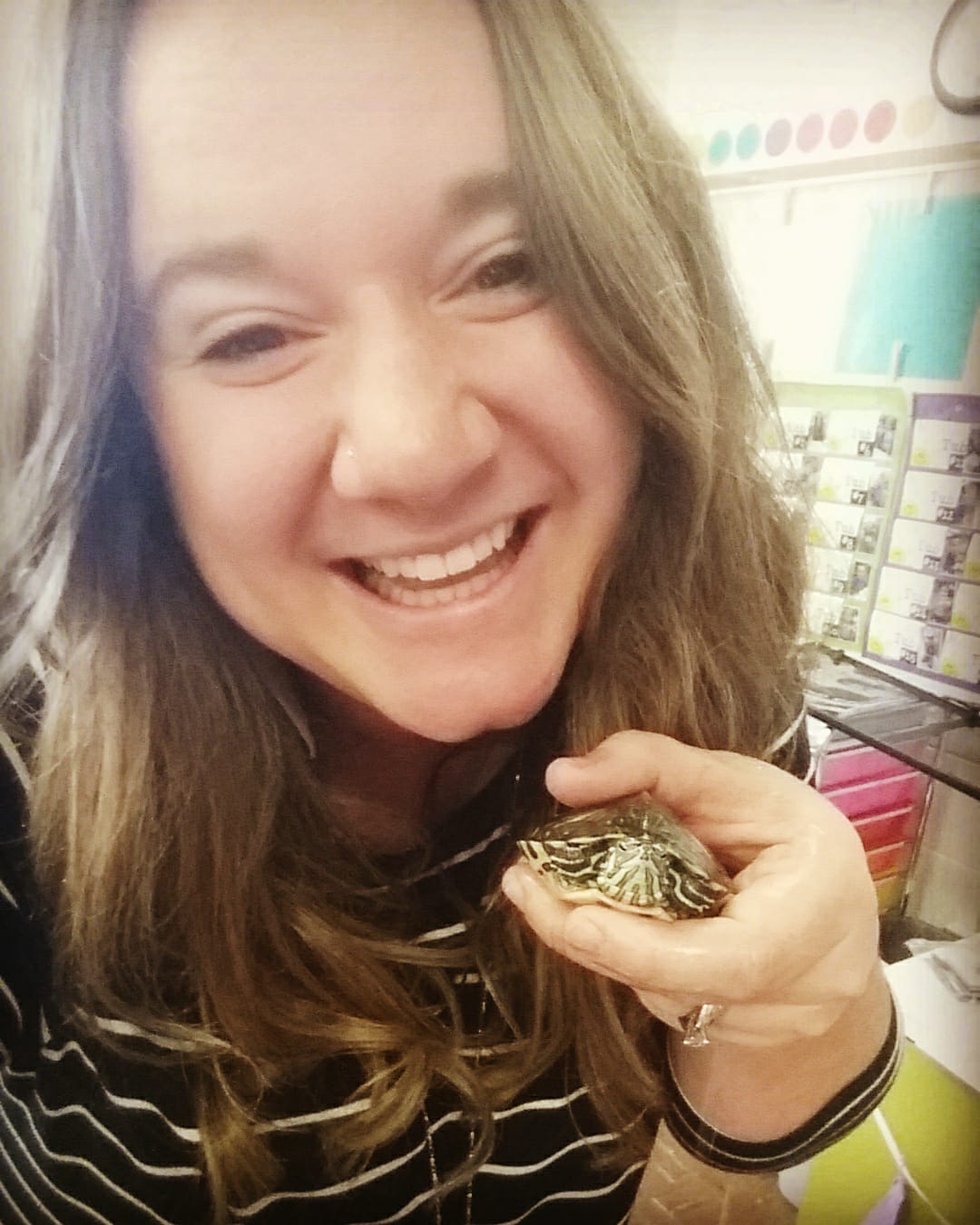
How has your unique population of kindergarten students shaped you as a teacher and changed you as a person?
It’s all about perspective. I was so privileged to be born here and raised here, in a country full of opportunities. I didn’t do anything to choose that for myself, it just happened. When I teach students from all different places and spaces, with different experiences and lack thereof, my eyes open to how powerful my time is with them: how new, how exciting, how scary, and how vulnerable. I’m understanding pieces of their cultures more every day. I’m more accepting, I’m more forgiving, and I’m more aware.
Your school is using a house system. Can you tell us what that’s like?
YES! We have three houses: Blue, Yellow, and Red House. This all started as a way to help students form relationships across grade levels and to help with curriculum collaboration across grade levels. Each class is assigned a house–I am in the blue house! Our house consists of one class from each grade level. We get together for fun days and activities. I also collaborated with a few teachers from my house. We had a few friendly fundraising competitions with the other houses this year. We have even taken a blue house field trip! I am excited to see what next year holds for the house system–I think as we continue it each year it will only get better.
You incorporate sign language into your daily routine. Share some examples and tips for kindergarten teachers who’d like to do the same!
I am a very passionate and excitable teacher and I can be kind of loud and happy always! Which is great, BUT I was looking for a way to get my students' attention without always having to call out.
It all started with the restroom sign. I implemented this a few years ago so students wouldn’t have to interrupt learning time to ask to go to the bathroom. All they have to do is make the restroom sign and make sure my eyes meet their eyes and I can nod (or sign) yes. THIS HAS EXPONENTIALLY CHANGED THE WAY MY STUDENTS INTERACT DURING WHOLE GROUP! (But make sure you emphasize that your eyes have to meet or you’ll just have students leaving for the restroom #learnedfromexperience). I also started the same method for the water fountain; students sign ‘water' and I can sign back ‘yes' or ‘no.' ‘Yes' or ‘no' have been really fun signs for us! I like to ask the students questions and they can sign ‘yes' or ‘no'. We’ve signed ‘sit' which has been really helpful at assemblies.
My signs have mainly been classroom management strategies; however, I also sign the alphabet with my students. We sign it every day while making letter sounds and I think it changed the way my students learned the alphabet! This was the first year I did it consistently and this was my highest academic class!
What would you tell a first year teacher who is struggling trying to do it all?
SELF-CARE. SELF-CARE right now! As a first year teacher, I ran myself ragged trying to be the best and do the best. I lived at school. While the first year is about survival and it’s intense, it’s so important to establish those teacher self-care habits early to prevent burn out.
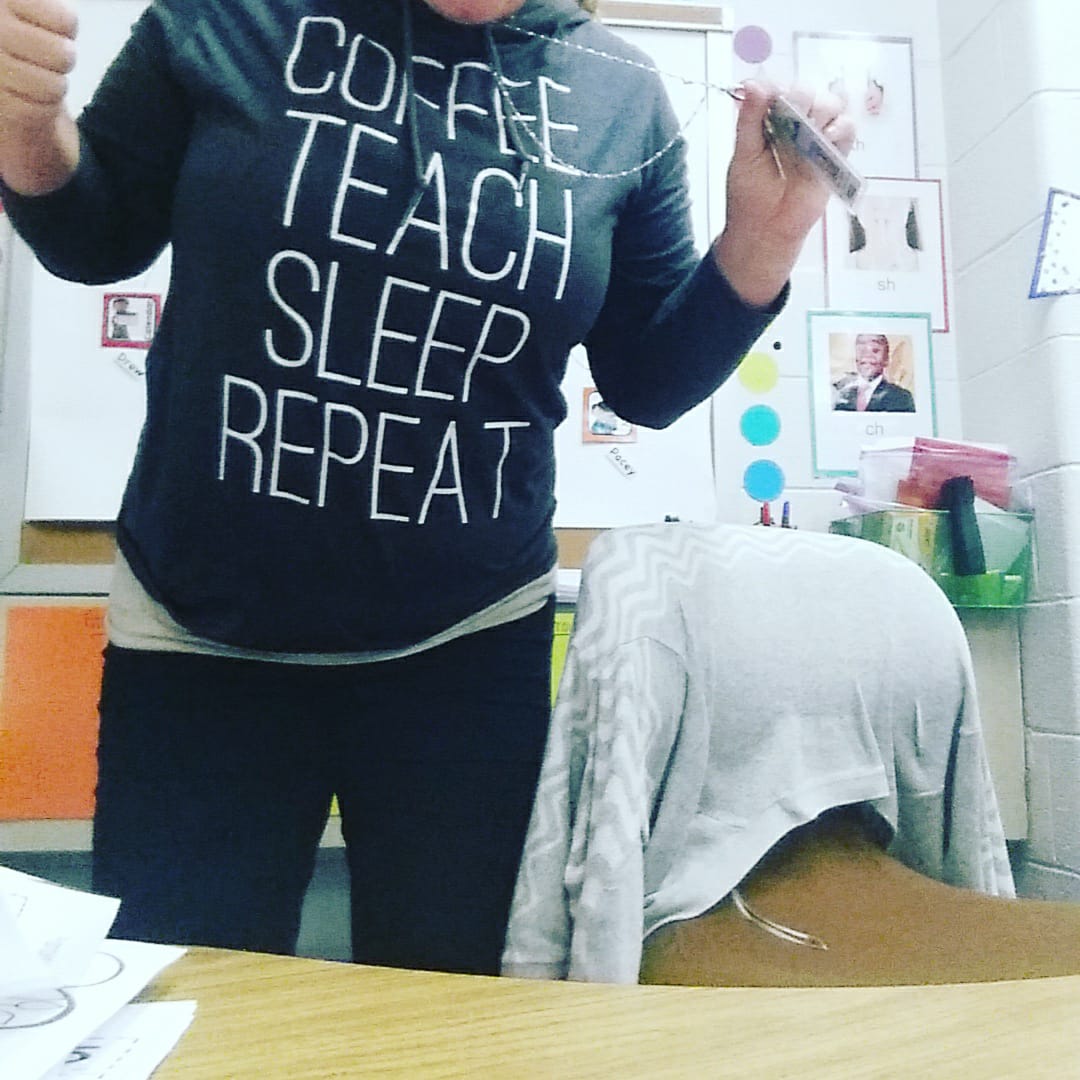
What is the most important quality in a kindergarten teacher?
This sounds so cliche, but I have to say kindness. I say this SOLELY because kindness makes me a better listener, makes me speak softer, makes me give more hugs and hold hands in the hallways. Kindness helps me empathize with a stressed parent or a hurt student. It helps me create solid relationships with my coworkers. Kindness gets me through the roughest of students on the roughest of days. It is a great foundation to establish a family-like atmosphere in my classroom (which is my #1 thing. Kindness is the root of it all and is an overarching umbrella for patience, love, and more. Without that genuine kindness, you can just forget being a quality teacher.
What has surprised you most about being a teacher?
Honestly…how much LOVE I have for every student I’ve ever had. I see them out in public or even in the hallway and all our memories of time together come rushing back! I still consider them mine – and will always want the best for them!
You do a lot of differentiating, especially for a Kindergarten class. What are some tips for K teachers who want to start differentiating more but aren’t sure where to start?
I’m going to use a word most teachers don’t like: assess, or even worse, keep data. I HAD to make assessments a priority at my high school job and since then, they have become second nature and I actually enjoy referring to them.
Typically, I plan two or three days each month to assess the kiddos and keep track of their progress in both math and reading. I also enlist my assistant to help with assessments! If it’s not a state assessment and it’s solely informal, parent volunteers can also help do the job!
Grouping and Kindergarten Differentiation
These assessments will help dictate HOW you differentiate and WHAT you differentiate. Because I assess so frequently, I have data to show parents when I’m meeting with them or to show my administration. I also change my groups frequently and it makes our classroom very fluid. The students adjust well and get to know different peers as they progress. If students regress, they can change groups and get a better focus on what they need help with.
Start Small!
The most important advice I have is to start small. Don’t plan to differentiate your entire curriculum in one year. Pick one thing (maybe sight words?) and focus on that for one quarter. Next quarter, pick another focus. In a few short years, you’ll have built an entire arsenal of differentiation systems for your students! Meet the kids where they are.
Just for fun:
Favorite Mr. Sketch scent: the red one!!
Read-aloud you could read over and over: Katie Loves the Kittens!
Favorite way to unwind after school: WINE. & Netflix.
Most embarrassing teaching moment: When I was the only one with my eyes closed in our class picture. The company printed them all and sent them home to parents! There was an actual copy with my eyes open that we later got printed, but it was still embarrassing and hilarious!
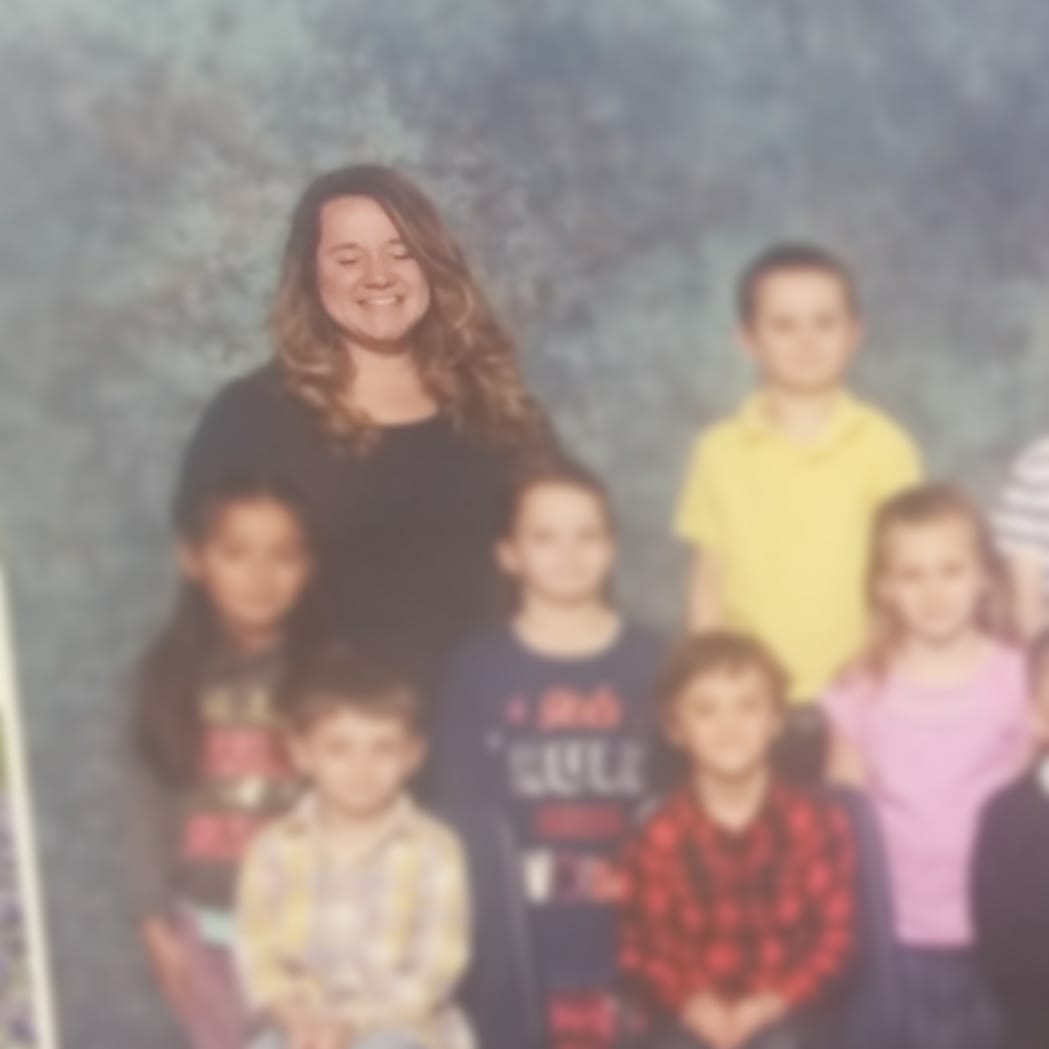
Favorite social media platform: It’s a tie between Instagram and Facebook, but I probably spend 99% of my phone time on Pinterest because IDEAS.
Coffee: Yes or No? YES!
Favorite day of the week: Monday!
Favorite school lunch to pack: Grilled Chicken Berry Salad with Raspberry Vinaigrette Dressing!
Random Fun Fact: I wrote my first children’s book at the beginning of this year about my crazy dog, Daisy! “Things Are Crazy with Daisy” available on Amazon!
Currently…
Reading: The Ministry of Ordinary Places by Shannan Martin
Listening to: This is on my to-do list, I really want to start getting into podcasts!
Dreading: Packing up my classroom
Looking forward to: Going to the beach this August AND hosting a student teacher next fall(for the first time ever!)
Teaching: My baby sign language!
Thank you so much, Alyssa! To read more about her adventures in Kindergarten, visit her blog! If you are interested in being featured for Meet the Teacher, please head over here. We'd love to have you!

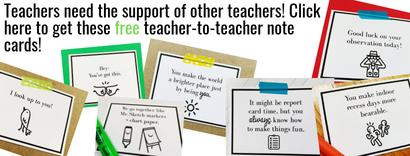



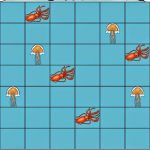
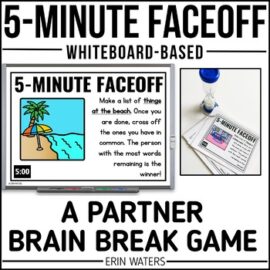
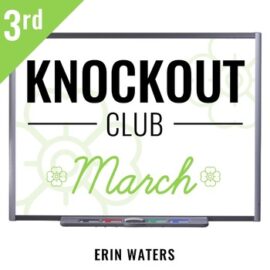
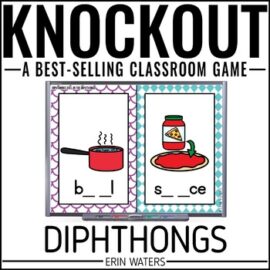
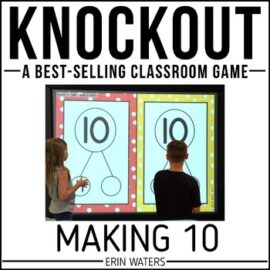
 Arm you with high-quality tools: Sleep peacefully at night knowing you’re doing what’s best for your students.
Arm you with high-quality tools: Sleep peacefully at night knowing you’re doing what’s best for your students. Save your energy: Provide resources that cost you little energy (that stuff is precious)---but have high impact on your students.
Save your energy: Provide resources that cost you little energy (that stuff is precious)---but have high impact on your students. Light your spark: Putting fun back into your classroom after the hardest teaching years can be just what you and your students need.
Light your spark: Putting fun back into your classroom after the hardest teaching years can be just what you and your students need.
Leave a Comment